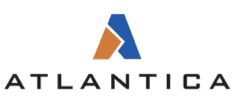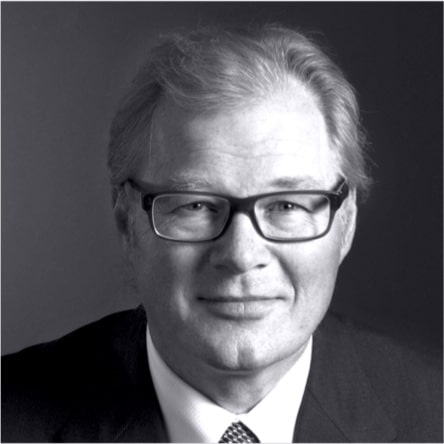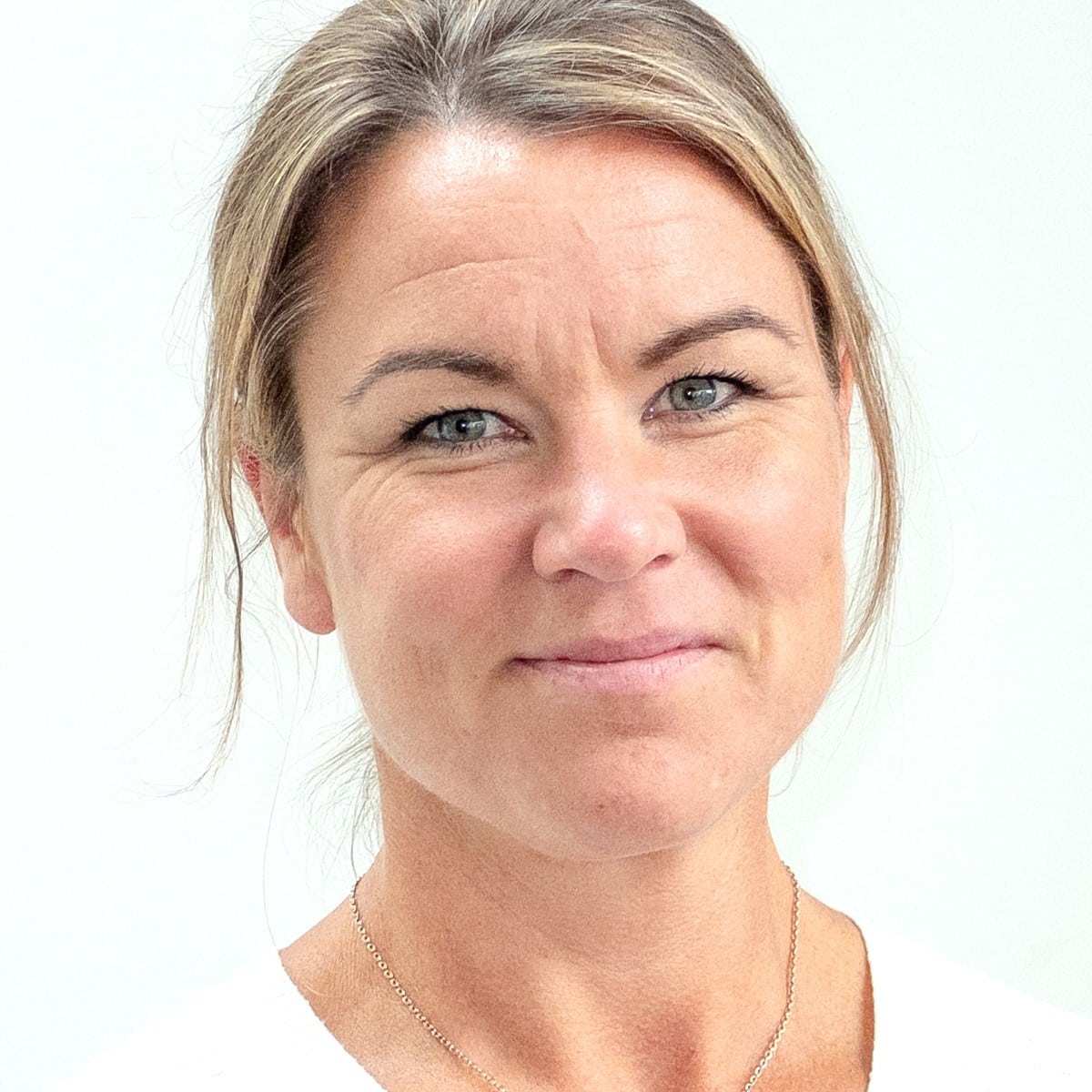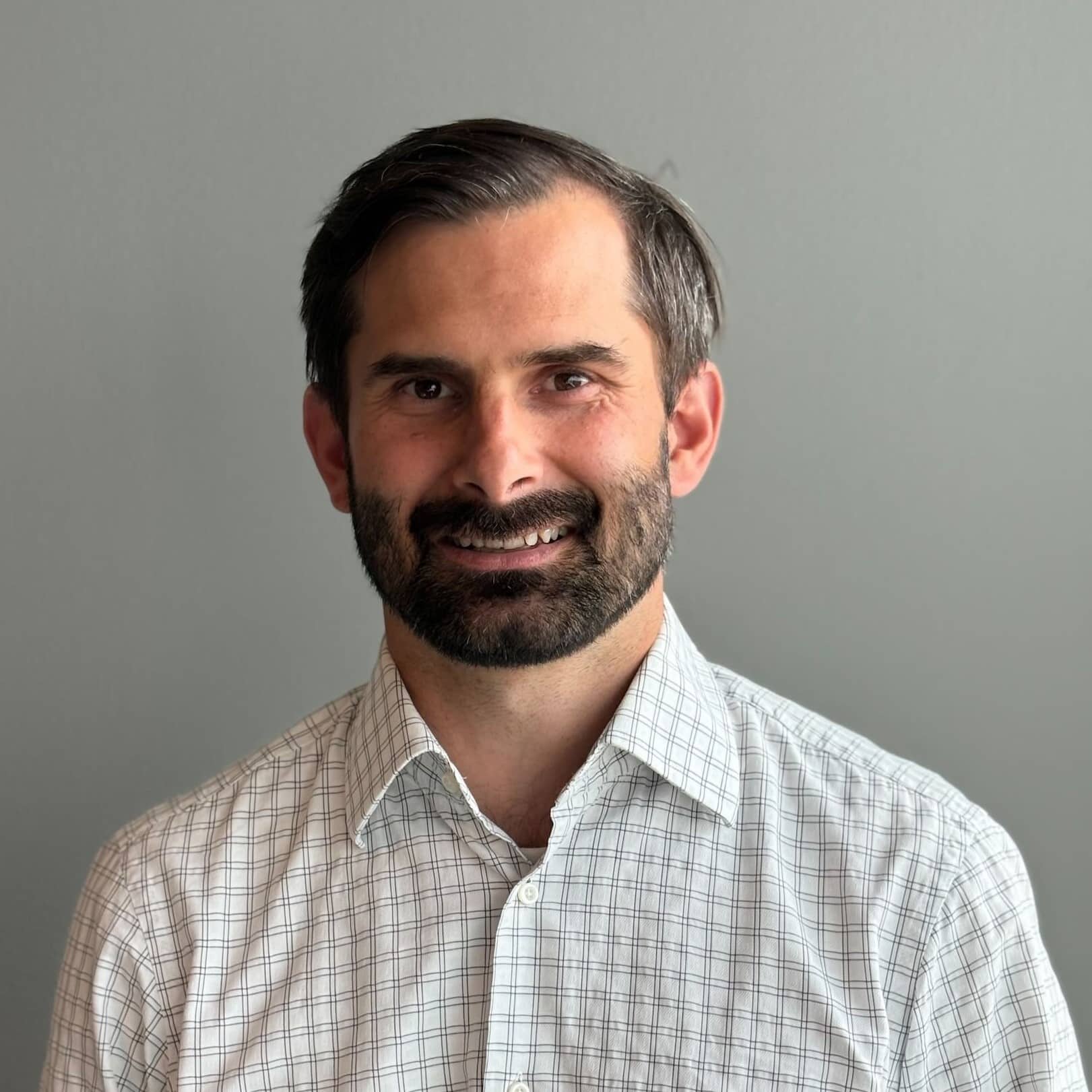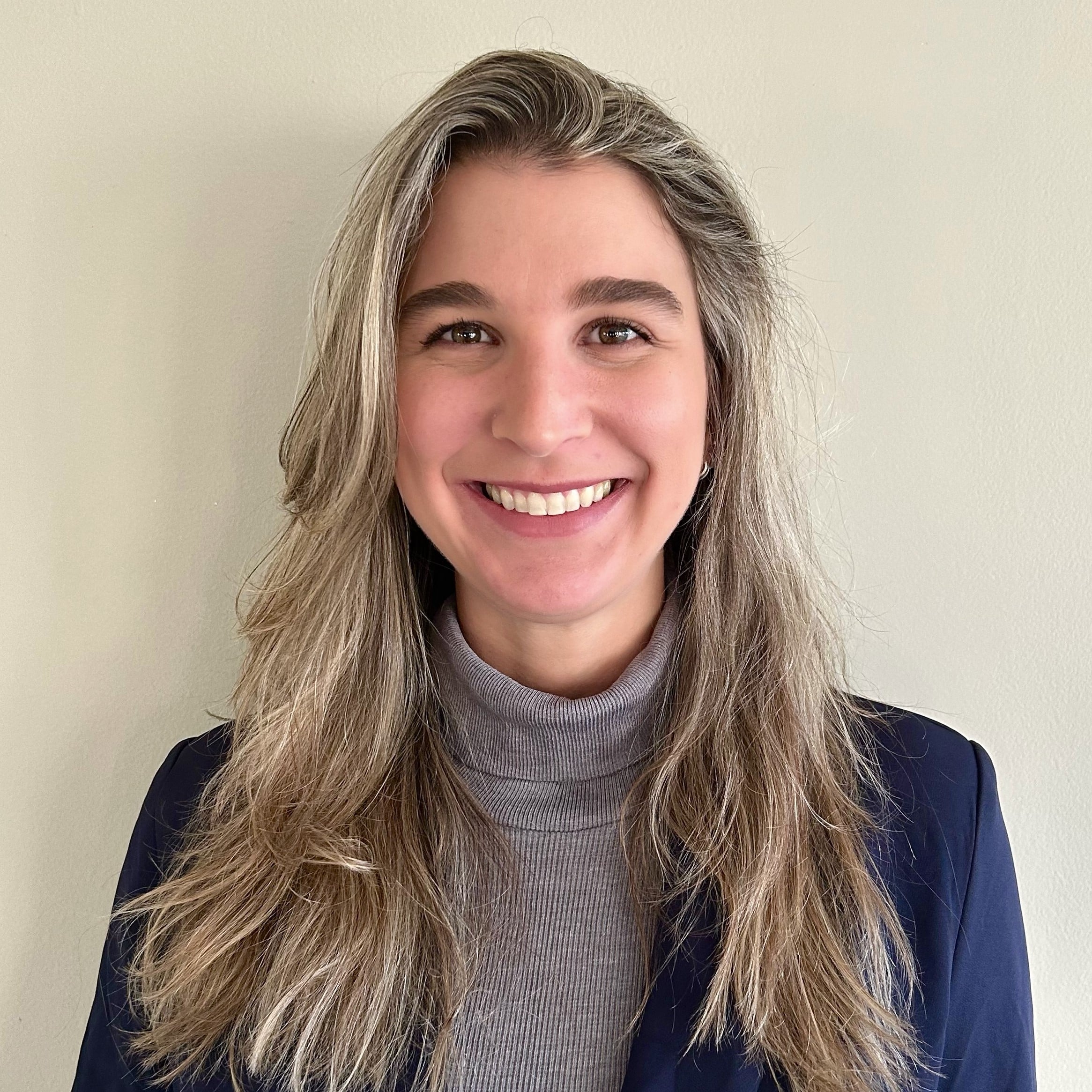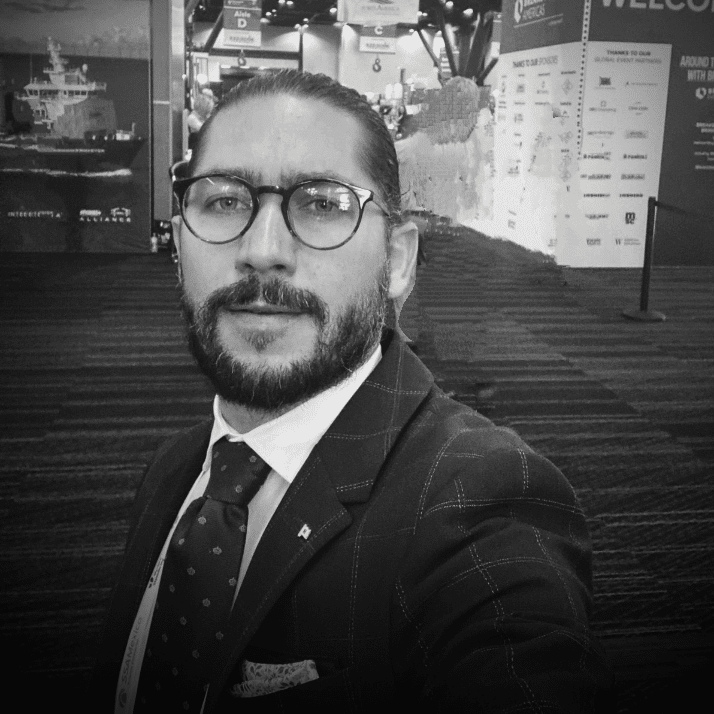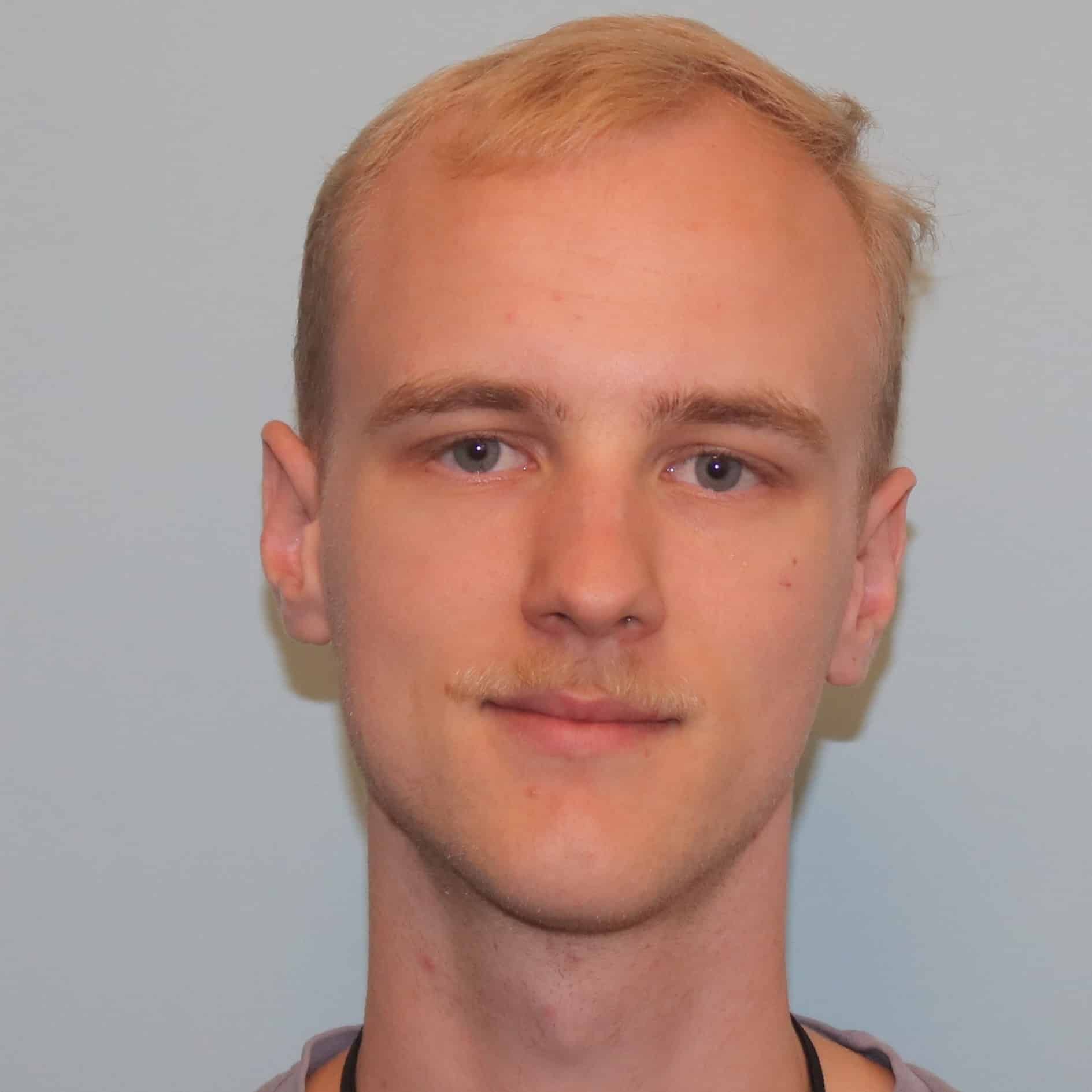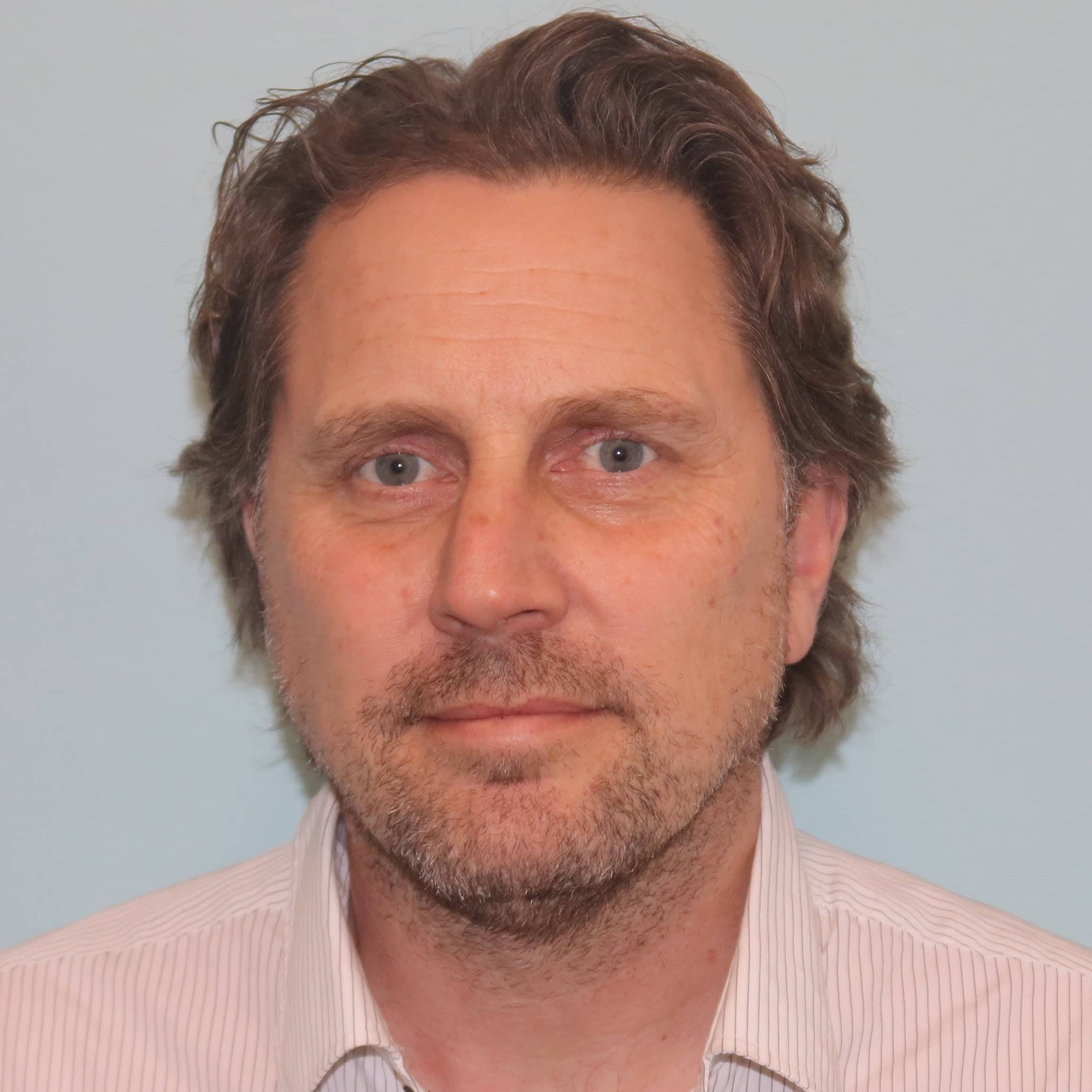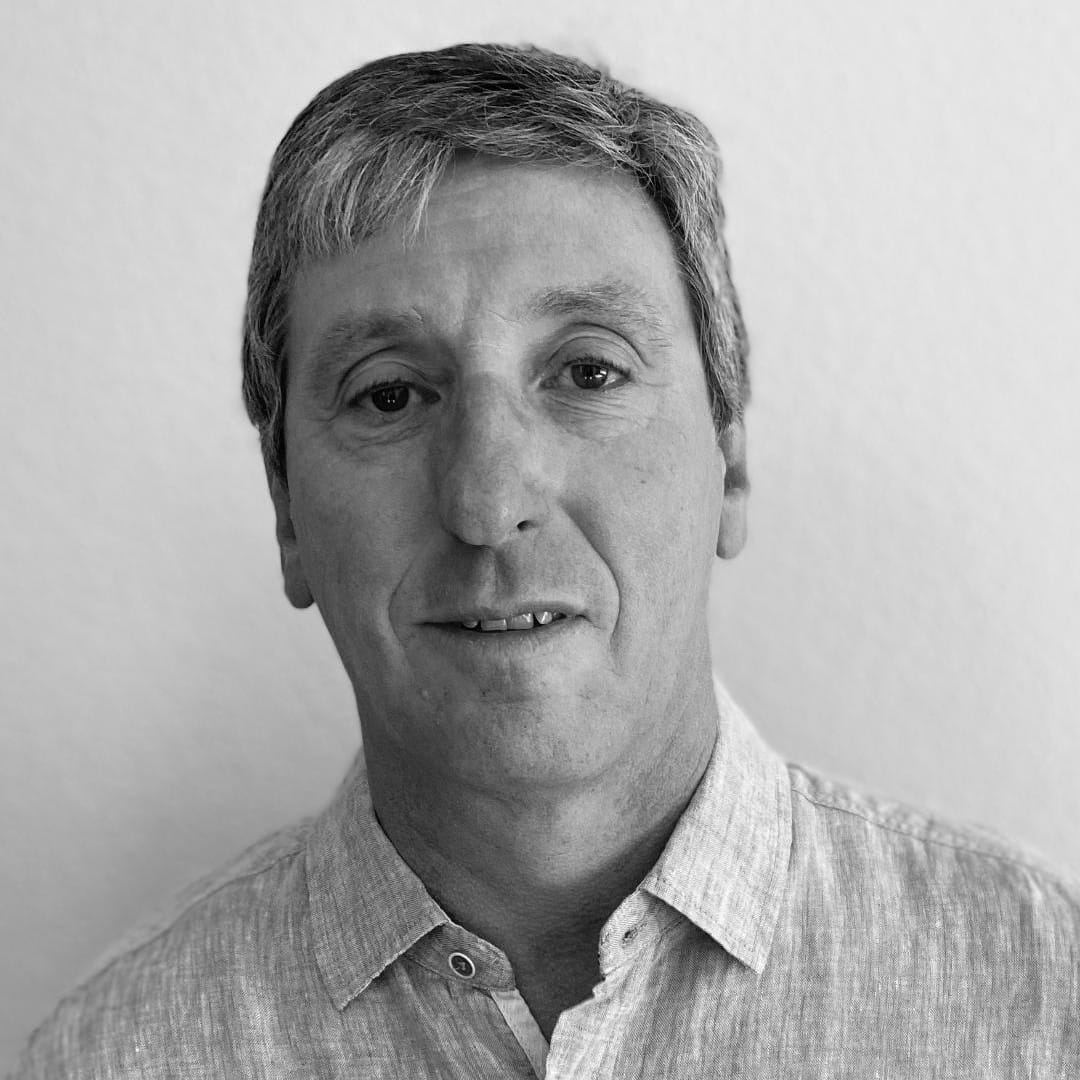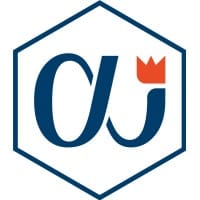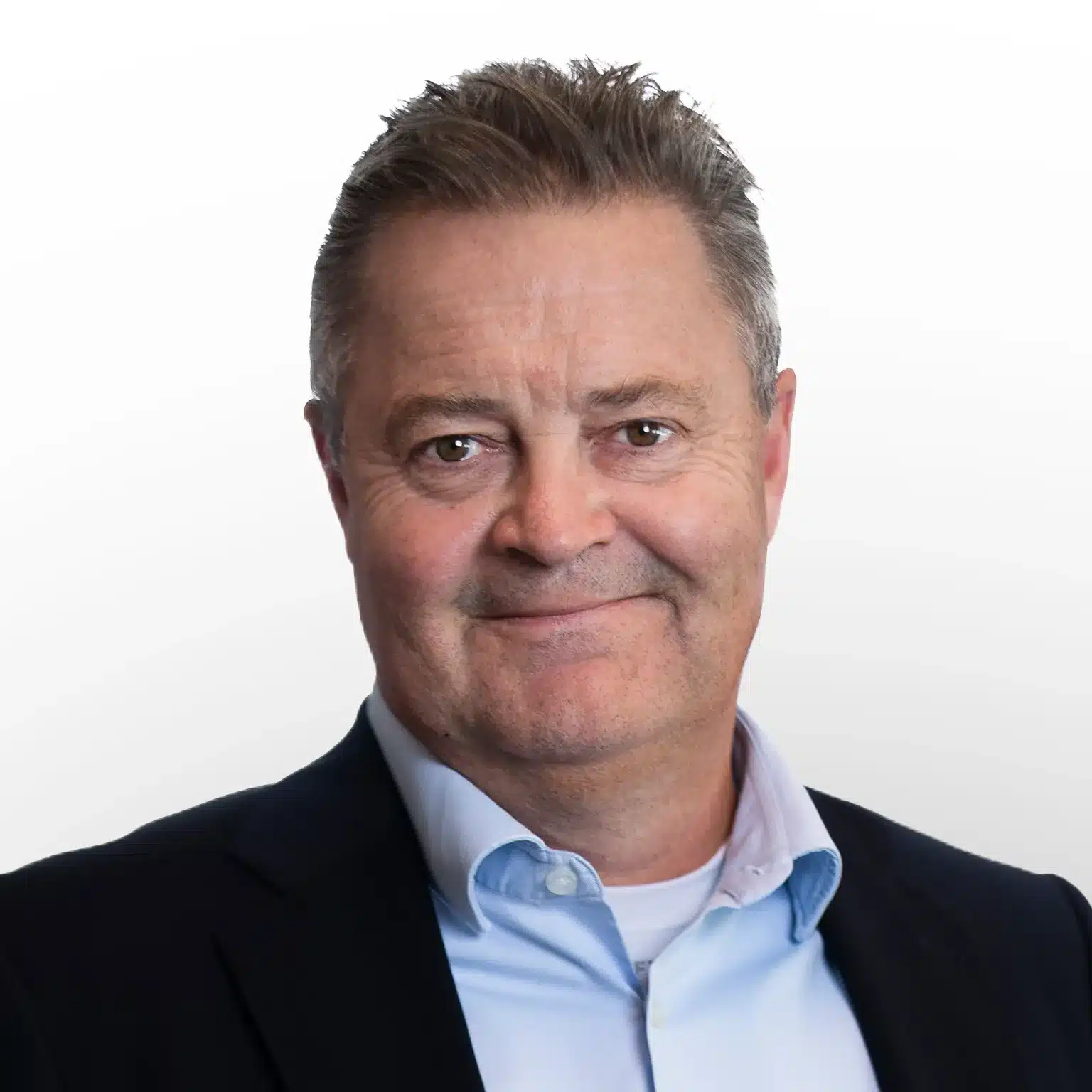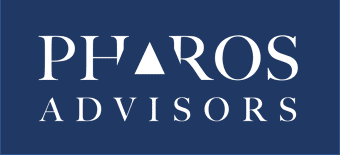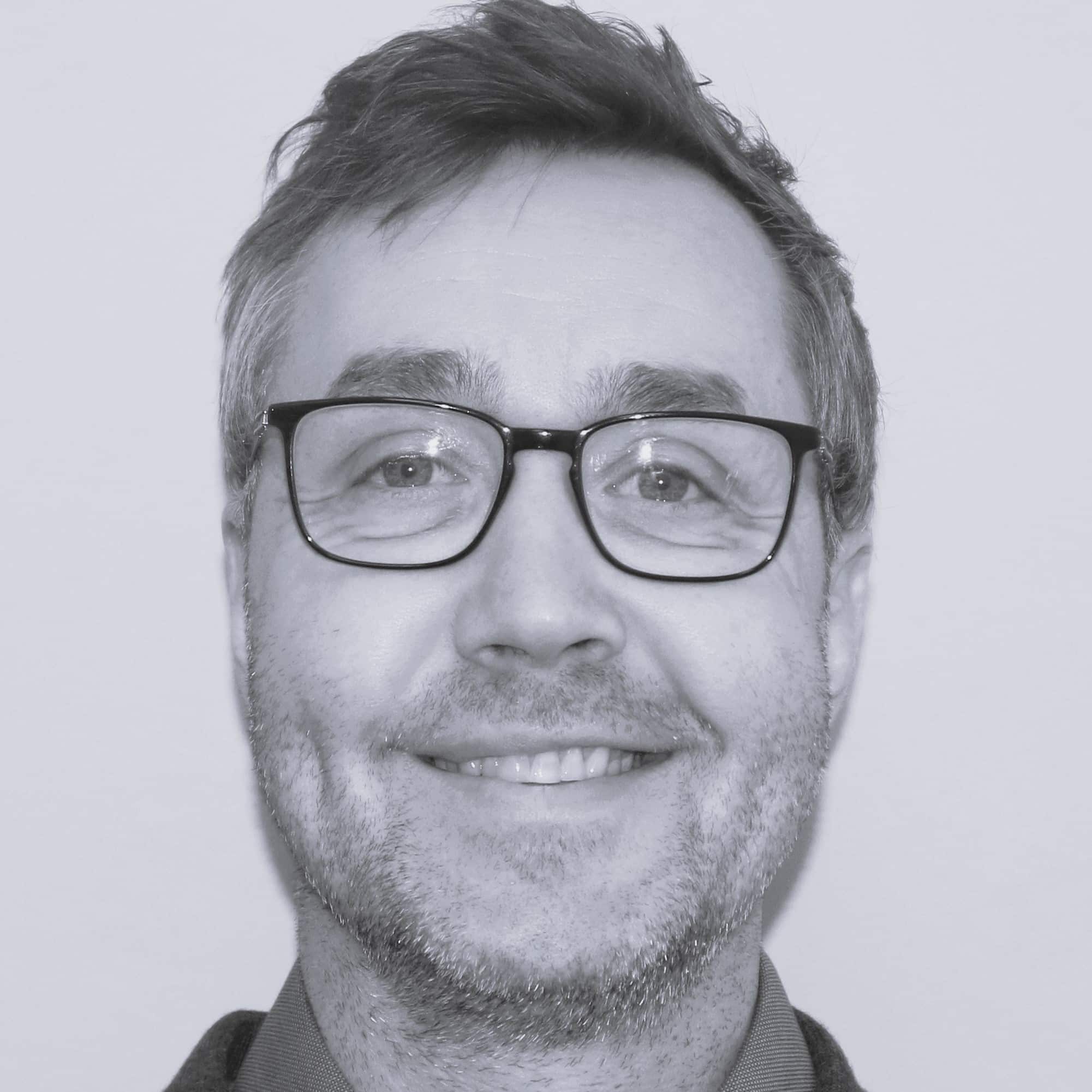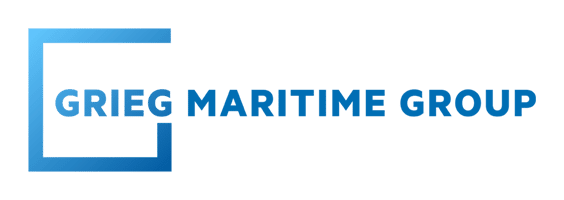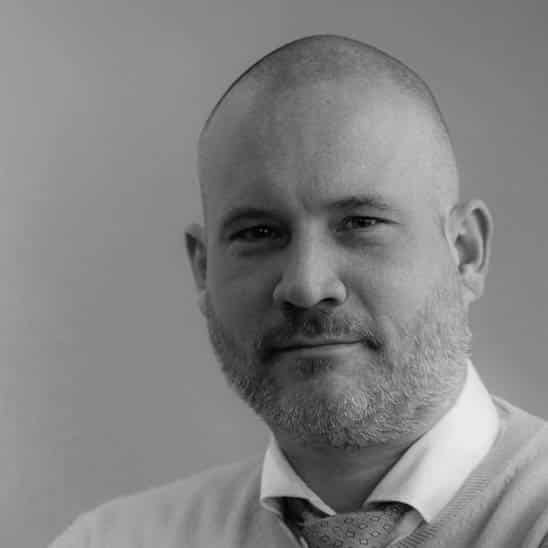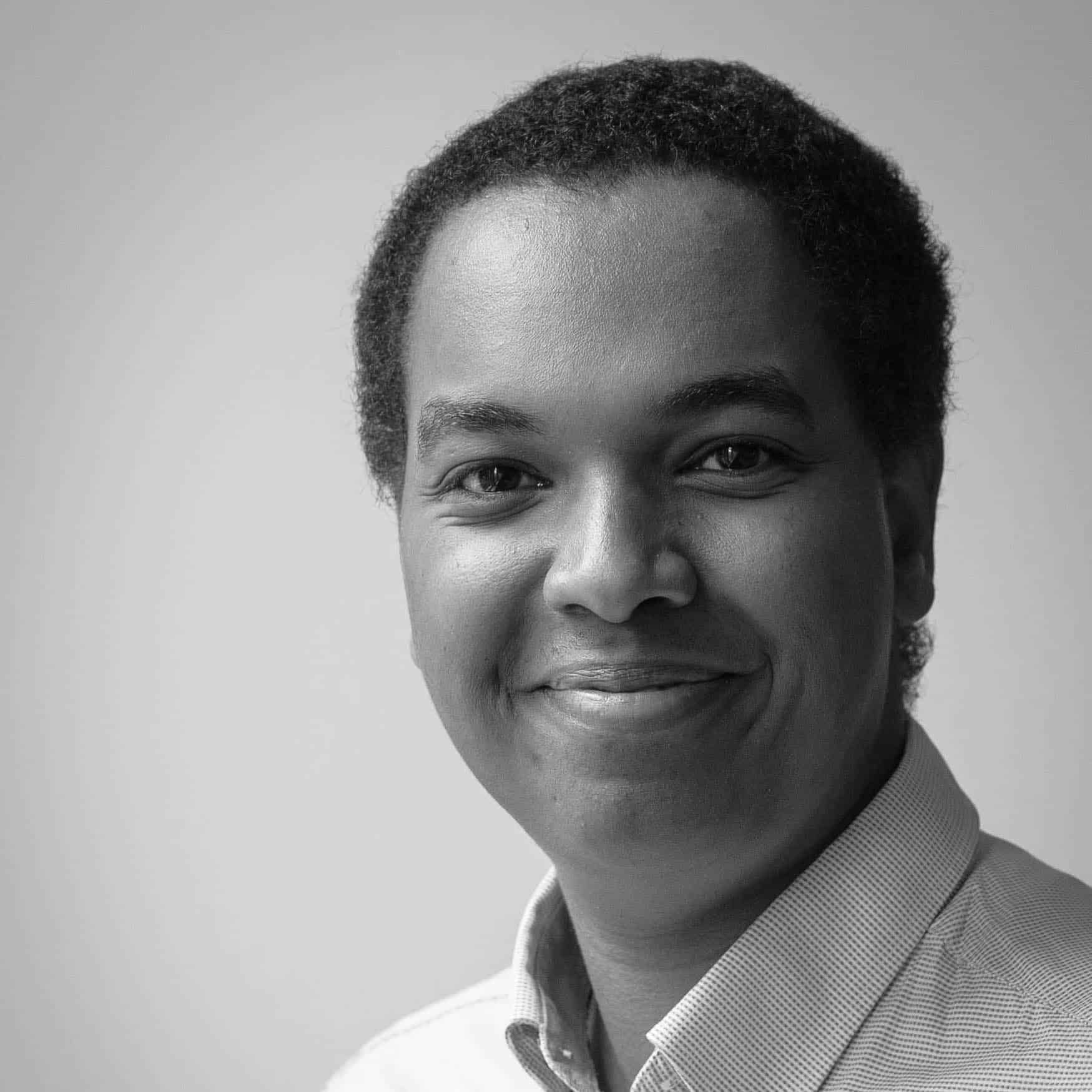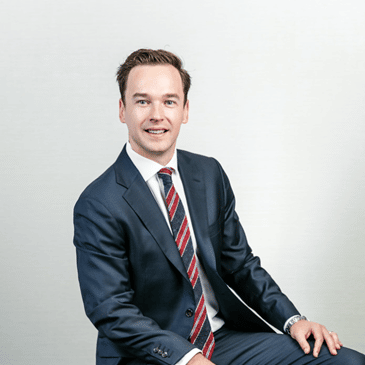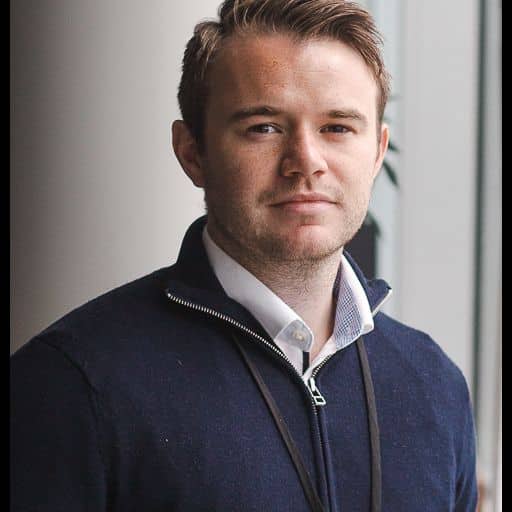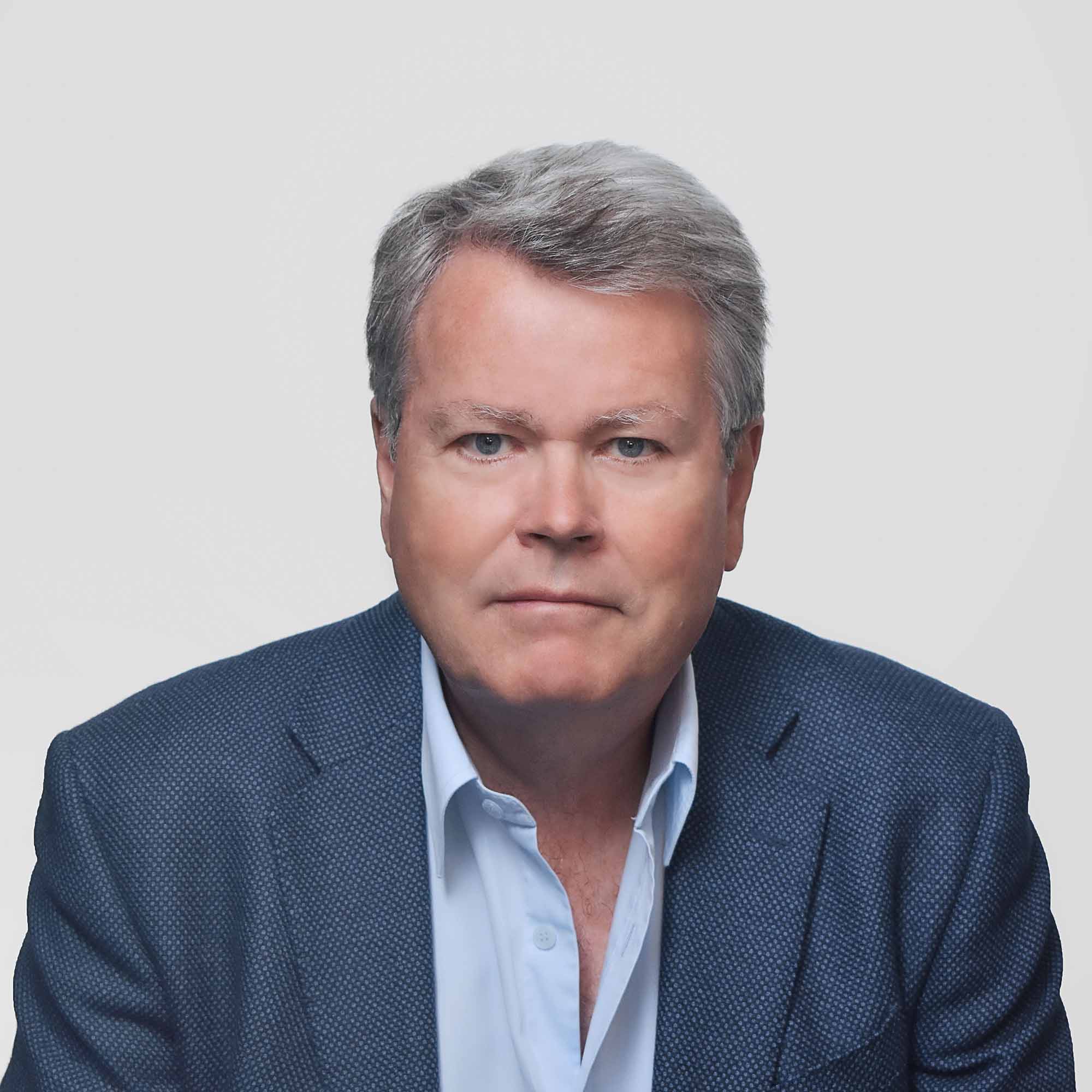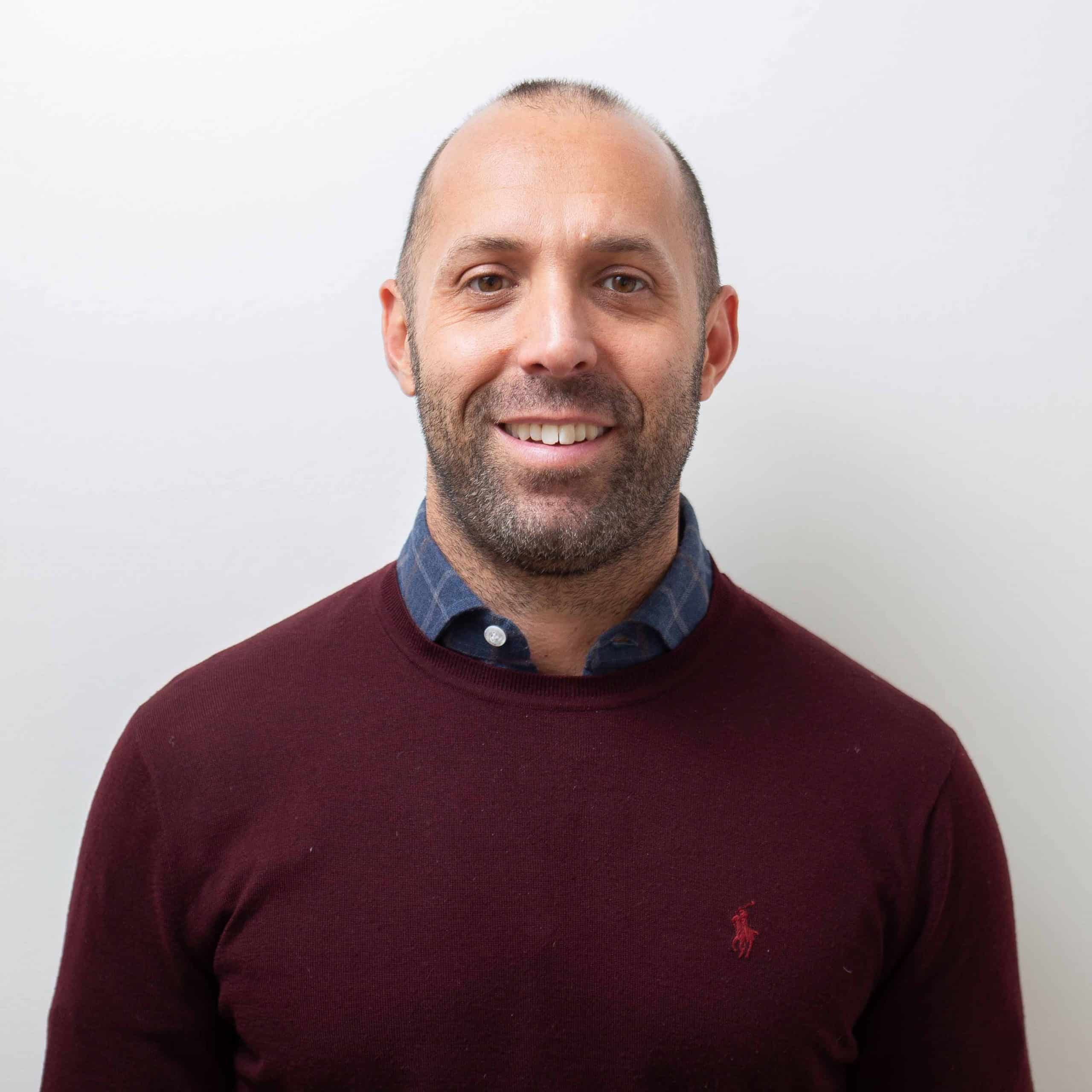This week, results are in and, in addition to confirming new work for their rigs, offshore drilling contractors have expressed their confidence in the strength and longevity of this upcycle. Furthermore, a lot has been said about current and future rig demand, with a particular emphasis on Saudi Arabia.
In case you missed it, you can access our previous Rig Market Roundup here.
Contracts
Valaris has confirmed that the contract for the 8,200-ft semisub Valaris MS-1 with an undisclosed operator believed to be Shell has been terminated. After more than a year on standby offshore Darwin, Australia, the Valaris MS-1 resumed drilling operations at Santos’ Barossa development in mid-January, and Valaris’ fleet status report on Thursday revealed that the rig would remain with Santos between Jan ’24 and Jan ’25, after which Santos will have three priced 30-day extension options. Oil major Shell is understood to have planned to use Valaris MS-1 for its Crux project in Australia following the completion of its work for Santos (previously planned for Oct. ’23). Shell had reportedly awarded the rig a contract, however, the delay with Barossa and the recent drilling startup meant that the Valaris MS-1 couldn’t be at two fields at the same time. Valaris said Thursday that the contract with ‘an undisclosed operator’, widely believed to be Shell, was terminated on January 30. It did not share details on the terms of the termination. Shell is understood to already have a rig lined up for the Crux drilling. Namely, Shell is believed to be the operator behind the long-term contract for the 1,640-ft semisub Transocean Equinox, which left Norway last year and is now en route to Singapore aboard the heavy lift vessel Blue Marlin. The Blue Marlin should arrive in Singapore on Sunday, 18 February. The rig will then be towed to Australia, where it is expected to start its contract in March. The contract was initially awarded for 300 days, however, Transocean this week released its fleet status report, showing that the fixed contract term is now around 380 days long, with the operator having a 60-day extension option. Following this work, the rig is scheduled to go on a 16-well contract with Zenith Energy and be used for drilling programmes including multiple operators: Beach Energy, Cooper Energy, Woodside Energy, and ConocoPhillips. Following the firm part, if all related options are exercised, the rig will stay busy in Australia until September 2028.
Borr Drilling 400-ft jackup Ran is now expected to continue working for TotalEnergies offshore Mexico into late September 2024. The rig began work undertaking exploration drilling for TotalEnergies offshore Mexico in November 2023. Previously, work was expected to finish around May 2024. Borr Drilling has now confirmed that the unit will remain with TotalEnergies into September 2024. TotalEnergies is understood to be using the rig for drilling the Boox Peek-1, Ochkan-1 and Jefe-1 wells. Ran will be staying in Mexico beyond its charter with TotalEnergies as it is committed to a contract with Wintershall, fixed in mid-2023. The Wintershall work is now expected to run from October to December 2024, with options to extend into the first quarter of 2025.
Noble 492-ft jackup Noble Invincible has secured a one-well contract with DNO offshore Norway, to run from August to October 2024. After its contract with DNO is completed, Noble Invincible will return to work with Aker BP under the terms of a frame agreement between Noble and Aker BP that continues into November 2027.
Noble has confirmed that TotalEnergies has exercised options for 10,000-ft drillship Noble Gerry De Souza, extending work for the unit offshore Nigeria by nine months and keeping it working into November 2024. Market sources have indicated that the dayrate for this nine-month extension is around $410,000. TotalEnergies also has a further nine-month priced option available for the rig, which could keep it working into mid-2025. The rig has been working at OML 130 since February 2023. This licence contains OML 130 contains the Egina, Egina South, Akpo and Preowei fields.
Drilling Activity and Discoveries
The Norwegian Ocean Industry Authority (Havtil) has granted Equinor consent for exploration drilling in the North Sea. The exploration well 15/3-13 S and A is planned to be drilled in the Brokk and Mju prospects in the Southern North Sea in the Equinor-operated production licences 025 and 187. The shortest distance to land is 178 km. Drilling operations will be conducted using the 10,000-ft Deepsea Stavanger semisub. Drilling is planned for Q3 2024, with a duration of 144 days upon discovery. The water depth at the site is 110 meters.
bp has announced the completion of drilling operations at the SDX-8 exploration well in December 2023 in the Shah Deniz area, located in the Azerbaijan sector of the Caspian Sea. The well was spudded on 20 January 2023, utilising the 3,280-ft Heydar Aliyev semisubmersible rig, and reached a total depth of approximately 7,000 metres before being safely suspended. The collected data is currently under analysis. bp drilled the SDX-8 well to evaluate the deeper reservoirs beneath the existing Shah Deniz producing layers, which constitute one of the world’s largest gas-condensate fields.
Valaris 8,500-ft semisubmersible Valaris DPS-5 is to begin work for Eni offshore Mexico in March 2024. Mexico’s Comisión Nacional de Hidrocarburos approved Eni’s plan to drill the Sáasil-1 EXP exploration well with Valaris DPS-5 in late January 2024. Sáasil-1 will be drilled in around 902 ft (275 m) of water on Block 10 in the Cuenca Salina Sureste Basin. Eni reported a discovery on Block 10 at the Sayulita-1 EXP well in August 2021. This well was also drilled with Valaris DPS-5. Valaris DPS-5 recently completed work with APA Corp. (Apache) in the US GOM.
Petrobras commenced drilling the Anhanguá prospect (1-BRSA-1390-RNS) on 8 February 2024 in Brazil’s deepwater Potiguar Basin in the northern Equatorial Margin. This is the second of a two-well exploration programme. Petrobras is using Forsea’s 10,000-ft drillship ODN II to drill Anhanguá in the POT-M-762 block. The campaign is targeting oil deposits estimated to hold 28 degrees API crude. Earlier this year, the Brazilian company drilled the Pitu Oeste prospect in the BM-POT-17 block, but results on economic viability turned out to be inconclusive. This campaign marks the resumption of exploration activities in Brazil’s Equatorial Margin after many years of delays due to environmental concerns. Petrobras has also submitted an application to drill the Sombrero prospect in Block POT-M-859, also in the Potiguar Basin.
ExxonMobil has picked up drilling activity in the Stabroek block in an area close to the Guyana-Suriname border, just a few kilometres away from a series of oil finds in Suriname’s Block 58. After drilling Bluefin-1 and Haimara-2 late last year, the US supermajor is doubling down on its wildcatting endeavors to assess whether the Sapakara-Krabdagu fairway in Suriname extends into the Stabroek block. The company is using Noble’s 12,000-ft drillship Noble Sam Croft to continue developmental drilling operations at Hatchetfish-1, and the programme is due for completion in the next days. The rig is set to continue operations in the country until mid 2027. In addition Hatchetfish-1, ExxonMobil is conducting exploration drilling around the Bluefin-1 well-site using Stena Drilling’s 10,000-ft drillship Stena DrillMax, and operations are expected to finish by 30 March 2024.
The Norwegian Offshore Directorate (NOD) has granted Equinor a drilling permit for a wildcat well in the Barents Sea offshore Norway. The well 7220/2-2 Snøras is located in production licence 1080, which is operated by Equinor with Vår Energi and Petoro participating as partners, about 33 km northeast of where the Johan Castberg facility is planned to be located. Equinor applied for the drilling of this well to the Norwegian Environment Agency (Miljødirektoratet) in November last year. The well will be drilled with the 1,640-f semisub Transocean Enabler with expected start of drilling operations in the second quarter of 2024. The rig has been working for Equinor for years. The contract award for the Johan Castberg field work was announced in March 2023. It has a fixed drilling programme of 19 wells plus options for up to 8 wells starting in March 2024 for the duration of 570 days.
Perenco has spud an appraisal well offshore Gabon, in the vicinity of the Hylia South West discovery. The well is being drilled by Petrofor-managed 250-ft jackup Banba, which is owned by a Perenco affiliate company. Drilling is expected to last 30 days. The Hylia South West field was discovered in late 2022 via exploration well HYSM-1 on the Mono permit, which encountered a 40-meter net oil bearing column in the Ntchengue Ocean (NTO) reservoir and a further column in the Madiela reservoir. The new appraisal well is targeting the NTO reservoir and the lower Madiela carbonate reservoir. The Hylia South West field is now producing 6,000 b/d of oil from the HYSM-01 well, up from 3,000 b/d when production began in October 2023.
Colombian oil and gas company Ecopetrol stated that its Orca Norte-1 appraisal well has confirmed the presence of two accumulations of gas in different reservoirs than those found at the original Orca-1 discovery. The company is currently evaluating these results to determine commercial viability and the next steps for the project. Orca Norte-1 was the first well operated 100% by Ecopetrol. Drilling of the well with Noble 10,000-ft semisubmersible Noble Discoverer began in November 2023 and was completed 38 days later. After the well was completed in January 2024, Noble Discoverer mobilised to Curacao. The rig is expected to return to Colombian waters in the second quarter of 2024 for a 400-day contract with Petrobras. Orca Norte-1 followed up the Orca-1 discovery made on the Tayrona block of the Colombian Caribbean by Petrobras in 2014. Ecopetrol stated that Orca Norte-1 added to recent exploratory success in the region including the Gorgon-2 ST2 and Uchuva-1 wells in 2022, and Glaucus-1 in 2023, confirming gas potential in different zones.
Following the completion of the Hibiscus South development well (DHBSM-1H), BW Energy will use Borr Drilling 400-ft jackup Norve to drill a sidetrack from the Ruche development well, drill an additional Hibiscus development well (DHIBM-7H), perform workovers at wells with electric submersible pumps, then drill the Bourdon prospect test well (DBM-1) offshore Gabon. The DHBSM-1H development well is expected to come on stream in March 2024. The Norve has been working for BW Energy at the Dussafu Marin permit offshore Gabon since December 2022. Earlier this month, BW Energy extended its contract for the rig by around two months, keeping it through July 2024.
Demand
Offshore Energies UK (OEUK), a trade body for the country’s energy sector, is planning to hold crisis talks with the industry over the Labour Party’s new windfall tax proposals. OEUK will hold emergency summits with operator and supply chain members this week. Senior figures from OEUK member companies are expected to attend the emergency summits, with OEUK chief executive David Whitehouse convening talks with operators on Tuesday 20 February and supply chain companies on Thursday 22 February. Two meetings will take place in OEUK’s London and Aberdeen offices due to “deep concern” about Labour’s recent proposals to extend the windfall tax on UK oil and gas production if elected to government. Labour said it would raise the current 75% windfall tax to 78% until 2029 and OEUK warned that this would likely result in no new investments being made in UK oil and gas projects. OEUK also warned that 42,000 jobs could be lost in the sector as a result of the proposals – and such losses would be felt before an election is even called. Speaking ahead of the meeting, OEUK Chief Executive David Whitehouse said: “I’m already hearing from our supply chain and from energy producers that these proposals would deliver a hammer blow to the energy we need today and to the homegrown transition to cleaner energies that everyone in the UK wants to see.”
Anasuria Hibiscus is now planning to start drilling operations for its Teal West development in the UK North Sea in mid-2025. This was previously planned for mid-2024. The Teal West Environmental Statement (ES) was approved by the UK regulatory authorities on 7 July 2023. The North Sea Transition Authority (NSTA) subsequently approved the Field Development Plan (FDP) on 1 August 2023 and issued Anasuria Hibiscus UK a Production Consent for the development. The operator then made the internal Final Investment Decision (FID) for the project in September 2023. The drilling of the initial development well is now planned to begin around mid-2025 and a suitable drilling rig is being actively sought. Long lead items have been identified and orders, with minimum commitment, have been placed. However, supply chain delivery issues indicate that facilities related to the subsea tie-back will be installed only in the second half of 2025. Efforts are being made to expedite delivery of certain outstanding items but the first oil from the development is now scheduled for the of end of 2025. This was initially expected in late 2024/early 2025 and then by mid-2025. The base development plan for the Teal West field located in the Central North Sea is to drill an oil producer well followed by the drilling of a water injector well approximately 12 to 18 months after the first oil. The field is planned to be produced to the Anasuria FPSO, which is located about 4km away. Total capital expenditure is expected to be $98 million over FY2024 – FY2025.
Offshore drilling contractor Transocean is looking at a number of opportunities for its rigs in what CEO Jeremy Thigpen has called “a multi-year upcycle.” During the company’s fourth quarter 2024 earnings call, executives stated that Transocean could be looking at 23 out of 25 of its units contracted through 2025 and around half of its fleet booked through 2027 by the end of the year. Transocean expects a number of multi-year fixtures for floating rigs in the coming months, including contracts ranging from two to five years. In general, the company says that its customers are increasingly focused on extended durations for new contracts. Transocean 12,000-ft drillship Deepwater Skyros recently secured a three-well extension with TotalEnergies offshore Angola, keeping the rig working into mid-2025. Transocean executives called this extension “a bridge to other opportunities” and said that they had “a clear line of sight to the next opportunity” for the unit. Transocean 12,000-ft drillship Deepwater Atlas is working for Beacon Offshore in the US GOM into April 2025. Transocean executives said that they see solid opportunities for the rig, which can offer 20,000 psi well control capabilities and a 3.4 million pound hoisting capacity, and expect a new firm fixture for the rig soon. Transocean 10,000-ft semisubmersible Transocean Barents recently completed drilling of the Cronos-2 well offshore Cyprus and is heading for Spanish waters. In December 2023, the unit secured long-term work for OMV Petrom in the Black Sea offshore Romania, to begin in 2025. Transocean said that it will take around six months to remove the rig’s derrick and transport it to the Black Sea and that it is looking at some opportunities for work during the small window of time it has before it needs to begin preparations for mobilisation. TotalEnergies declined to exercise some previously available options for the rig in the Mediterranean. The 12,000-ft drillship Deepwater Invictus has recently been working on short term jobs in the US GOM. Transocean stated that is in discussions with an operator for more time on the Deepwater Invictus and that there is “more interesting work to come” for the rig. The 10,000-ft drillship Discoverer Inspiration and 7,500-ft semisub Development Driller III are both currently available, with Discoverer Inspiration en route to the Canary Islands and Development Driller III warm stacked in Aruba. Transocean said that these units are among its lower generation rigs but that it sees several opportunities for these rigs.
Following a recent announcement by Saudi Arabian state oil company Saudi Aramco related to a reversal of previous plans to increase production capacity, rig owners Borr Drilling and Valaris have shared their views on the potential impact of this on their businesses and the market in general. As reported in late January 2024, Saudi Aramco received a directive from the country’s Ministry of Energy to maintain its Maximum Sustainable Capacity (MSC) for crude oil production at 12 million barrels per day (MMB/D), and not to continue increasing MSC to 13 MMB/D. This effectively reversed the directive Aramco received in March 2020, raising questions about the impact on the drilling market going forward. Read what Borr Drilling and Valaris had to say about this here.
Executives at offshore drilling contractor Valaris are tracking 30 prospects for floating rigs with more than one year of work that are expected to begin before the end of 2026. The company expects a handful of these to commence in 2024, with the rest split between 2025 and 2026. Valaris said that around two-thirds of these opportunities are in Brazil or West Africa, The company is expecting additional tenders from Brazilian state oil company Petrobras, and is tracking around a dozen opportunities in West Africa, including long-term contracts with work in multiple areas. The remaining demand is expected to come from a mix of the US GOM, Southeast Asia and parts of South America outside Brazil. Valaris is currently seeing leading-edge day rates for floating rigs in the mid to high $400,000s and expects new fixtures for two to three years of work to come in at leading edge rates, though the company expects some contracts in the market may be signed at lower rates for longer-term work or short-term jobs that fill gaps between longer contracts. The company mentioned that it is seeing an increase in duration and lead time for floating rig tenders as market conditions tighten. Valaris executives stated that their “first priority” is keeping their active fleet utilised but that it does see some opportunities for work for the 12,000-ft drillship Valaris DS-11, which is currently cold stacked in the Canary Islands, and the newly-delivered 12,000-ft drillships Valaris DS-13 and Valaris DS-14, which are currently en route to the Canary Islands to be stacked until they secure contracts. The company intends to be “patient and disciplined” when it comes to bringing stacked rigs to the market and mentioned that operators would likely need to make upfront payments for rig reactivations.
Borr Drilling is pursuing longevity in potential new contracts for its two newbuild jackups, which are being built by Singapore’s Seatrium and expected to be delivered around the fourth quarter of 2024. The two 400-ft jackups, Vale and Var, are of a KFELS Super B Bigfoot Class. According to Borr’s latest fleet status report, Vale will be available in October 2024 and Var in January 2025. Borr said in its Q4 2023 report that these units are currently being offered for several opportunities and are already attracting considerable customer interest. The delivery financing of $260 million in the aggregate for those rigs will fall due four years from delivery, with the shipyard lender having the right to require payment in full after three years. “We remain positive about our ability to secure meaningful term work for these units ahead of their delivery,” Borr Chief Commercial Officer (CCO), Bruno Morand, said. Borr Chief Executive Officer (CEO), Patrick Schorn, stated that one of the rigs will potentially be available for two to three months of service in 2024. The second one is only going to be really available to drill around January 2025. Borr wants to see these rigs get on some interesting contracts that have a bit of longevity in them. Because of the prior track record success of the sister rigs operating in Asia, the two newbuilds have been attracting substantial interest from customers there, Borr CCO, Bruno Morand, explained. He added that Borr is looking preferably to find work that has volume and that entails programmes that are 18 months plus. “We’re not concerned, obviously, about them finding continued work, but I think it’s obviously preferable if we can find a good balance between attractive dayrates and a term that makes it easy for us to phase the rig into work,” Morand concluded.
Mobilisation/Rig Moves
Two semisubmersible rigs off Western Australia are being moved to safe locations in the wake of a cyclone. Ex-Tropical Cyclone Lincoln is offshore of the west Kimberley coast in Australia and is expected to re-strengthen and develop into a tropical cyclone overnight Thursday as it moves to the west-southwest direction, the Australian Government’s Bureau of Meteorology said Wednesday. While there are five offshore drilling rigs currently working in the wider Western Australia region, two are in the path of the cyclone, and the owners have started moving them away from the cyclone’s path. The two rigs are the 1,640-ft Transocean Endurance and the 10,000-ft Valaris DPS-1, both on contracts with Woodside. MarineTraffic info shows the rigs are on the move to cyclone avoidance points. “The system is developing slowly off WA’s coast. It’s likely to cross the far west Pilbara or upper Gascoyne coast on Saturday,” the Bureau of Meteorology said Wednesday. The cyclone is likely to quickly weaken over land on Sunday. The Valaris DPS-1 semisub arrived at Woodside’s Scarborough gas development offshore Western Australia in January and spudded the first production well of the programme which could see 10 wells drilled. Transocean’s semisub Transocean Endurance arrived at Woodside’s Stybarrow site late in January to start a P&A contract.
The Vantage Drilling-owned 12,000-ft drillship Platinum Explorer has completed its contract with Oil and Natural Gas Corporation (ONGC) offshore India. Platinum Explorer started its operations with ONGC offshore India in Q4 2017, and by the end of February 2024, the rig completed its drilling campaign. The rig will be mobilised to SE Asia, where it’s expected to perform its SPS, maintenance, and upgrade to its BOP. Vantage Drilling has recently said the company is “confident in our ability to obtain alternative work for the Platinum Explorer and hope to see minimum interruption to its utilisation beyond its planned shipyard stay and BOP upgrades after this contract.”
The start date for Noble 12,000-ft drillship Noble Faye Kozack’s upcoming contract with Petrobras offshore Brazil is now scheduled for July 2024. Fixed in May 2023, the 2.5-year contract was originally scheduled to begin in the latter half of 2023. Noble Faye Kozack left the US GOM for the Canary Islands in November 2023 and since then has been in Las Palmas, undergoing contract preparations, repairs and upgrades, including the replacement of its thrusters and the installation of a new ballast water treatment system.
Transocean’s 10,000-ft semisubmersible, the Transocean Barents, has docked in Cartagena, Spain, as it gears up for its upcoming project in the Black Sea with OMV Petrom. The rig made its arrival at the Cartagena port on 22 February 2024, and will remain there for several days before moving to the Southwest dock. There, it will undergo maintenance and repairs, including the removal of its derrick, in preparation for transportation to the Black Sea via the Bosphorus bridge. Transocean estimates that the entire operation will span approximately six months. Meanwhile, the company is exploring potential work opportunities during the interim period before mobilisation begins. The Transocean Barents has recently completed drilling the Cronos-2 well offshore Cyprus and in December 2023, secured the long-term job for OMV Petrom offshore Romania, to begin in early 2025.
Other News
Offshore drilling contractor Transocean Ltd. reported a net loss of $104 million for the fourth quarter of 2023. The company’s net loss for the year was $954 million. Transocean stated that its fourth quarter results included net unfavorable items of $30 million, largely from a loss on conversion of debt to equity. After consideration of these net unfavorable items, fourth quarter 2023 adjusted net loss was $74 million. Adjusted net losses for the year were $739 million. The company saw a sequential increase of $28 million in its contract drilling revenues, reaching $741 million in the fourth quarter due to increased average daily revenue and higher fleet revenue efficiency, as well as increased utilisation on four rigs that were undergoing contract preparation and one rig that underwent a special periodic survey in the third quarter. This was partially offset by lower revenue generated by two rigs that were idle and two rigs that were undergoing contract preparation during the fourth quarter. Transocean CEO Jeremy Thigpen noted that the company is “encouraged by continued tightness in the market” and will “remain focused on delivering value to our shareholders as we progress through what we expect to be a multi-year upcycle.” Thigpen noted that the company added $3.2 billion of backlog in calendar year 2023.
Australian oil company Finder Energy has been granted a 3-year suspension and extension of the primary term of its WA-547-P offshore licence in Australia, allowing more time for the company to find a farmout partner. Finder is the sole owner of the offshore licence and is located in the prolific Dorado play trend in the Northern Carnarvon Basin offshore Western Australia, and with this extension, the licence end date has now been set to 4 January 2027, with no additional commitments. “The Dorado play is one of the most exciting and active exploration plays in Australia. The Dorado Field, to the east of WA-547-P, is the largest undeveloped conventional oil resource in Australia and Santos is aiming to be ready for FID this year. With historic exploration success rates in the basin of around 70% and significant prospectivity, Santos is actively pursuing this play. We anticipate further exploration drilling to come, and combined with a continuation of the high success rate in this play, will have positive implications for WA-547-P,“ Finder said. Finder has identified three large prospects (Brees, Favre, and Brady) with a combined 2U (P50) prospective resource potential of over 500 MMbbl. The company is seeking a farmout partner to fund exploration activity to test “the significant prospectivity” it has identified in WA-547-P. The licence extension will allow time to progress environmental approvals, including consultation processes related to the work programme, and Finder said that it would benefit from any new discoveries in the Dorado play, which could increase interest in WA-547-P.
Petronas Carigali has won the rights to the Bobara working area offshore West Papua, Indonesia. The block covers an offshore area of 8,444.49 km2 and, according to the Indonesian authorities, has potential oil and gas resources of 6.8 billion barrels of oil equivalent (BBOE). “With exploration activities in this new working area, it is hoped that significant new oil and natural gas reserves can be discovered to increase oil and natural gas production in Indonesia,” said Tutuka Ariadji, Oil and Gas Director General, at the Ministry of Energy and Mineral Resources of Indonesia. Petronas Carigali was awarded the block as part of a 2023 auction. The Indonesian government previously, in 2023, awarded four oil and gas working areas: Akia, Beluga, Bengara I, and East Natuna W. The oil and gas working areas that do not yet have a winner in the 2023 Oil and Gas Working Area Bidding, namely the Natuna D-Alpha, Panai, Patin, Akimeugah I, and Akimeugah II Working Areas, are designated as available working areas. During the first three years, Petronas Carigali’s work programme includes geological and geophysical studies, and the acquisition and reprocessing of 2,000 km2 of high-resolution 3D seismic data.
Noble Corp. and Aker BP have agreed to commission a series of energy efficiency upgrades for the 492-ft jackups Noble Integrator and Noble Invincible, including upgrades to engine ventilation, onboard lighting systems, and an energy heat recovery system. Noble expects the full set of upgrades for both rigs to be completed in the third quarter of 2024. The company stated that these upgrades could reduce emissions from rig operations offshore Norway by more than 3,700 tons CO2 equivalents per year. The Noble Integrator and Noble Invincible are both currently drilling offshore Norway. Noble Invincible is working for Aker BP into 2027 under the terms of a frame agreement between the two companies. Noble Integrator is scheduled to start work with Aker BP under the frame agreement this year, following the completion of the Amethyst well for Harbour Energy.
Offshore drilling contractor Valaris Limited reported net income of $829 million for the fourth quarter of 2023, up from $17 million in the third quarter. This included a $790 million tax benefit. Without income taxes, Valaris’ net income for the quarter was $38.3 million. Adjusted EBITDA for the company increased to $58 million from $40 million in the third quarter primarily due to more operating days across the fleet and lower reactivation expense. Revenues increased to $484 million from $455 million in the third quarter 2023. Valaris attributed these increased to more operating days across the fleet as rigs including the 12,000-ft drillship Valaris DS-17 and the 400-ft jackup Valaris 107 began new contracts. Valaris President and CEO Anton Dibowitz noted that the company was awarded new contracts and extensions with associated contract backlog of over $1.4 billion in the fourth quarter of 2023. As of 15 February 2024, the company’s total contract backlog is over $3.9 billion, up by around 60% from 12 months previously. Dibowitz stated, “We continue to execute on our operating leverage by repricing rigs from legacy day rates to meaningfully higher market rates and successfully delivering reactivated rigs with attractive contracts” and added that the company was confident in the “strength and duration of this upcycle.” The company’s floating rig revenues for fourth quarter 2023 increased to $263 million, compared to $243 million in the prior quarter. Valaris attributed this increase to more operating days for drillship Valaris DS-17, which began a contract with Equinor offshore Brazil in September 2023 following its reactivation. For its jackup segment, revenues increased from $166 million in Q3 2023 to $179 million in fourth quarter 2023 as the 400-ft jackups Valaris 107, Valaris 249, and Valaris Norway, spent more time operating. ARO Drilling, the jackup-focused joint venture between Valaris and Saudi Aramco saw its revenues increase from $122 million in the third quarter of 2023 to $134 million in the fourth quarter with the 350-ft newbuild jackup Kingdom 1 beginning its maiden contract in November 2023.
Borr Drilling has reported an increase in revenues and net income for the last quarter of 2023 compared to the prior quarter of the year. Borr Drilling’s total operating revenues for the fourth quarter of 2023 were $220.6 million, an increase of $29.1 million compared to the third quarter of 2023. Net income for the fourth quarter of 2023 was $28.4 million, an increase of $28.1 million compared to the third quarter of 2023. All of the company’s 22 delivered rigs are contracted or committed: one in the North Sea, five in the Middle East, three in West Africa, six in Southeast Asia, and seven in Mexico. The company’s total contract revenue backlog at 31 December 2023 was $1.75 billion. In 2024, the company has been awarded three new contract commitments, representing 495 days and $82.2 million of potential contract revenue, and the total contract revenue backlog is $1.72 billion (including contracts through the Mexico JVs on a 100% dayrate basis and mobilisation revenues but excluding unexercised options).
Valaris is pursuing near-term opportunities for the 350-ft jackup Valaris 144 in the US GOM but is also looking at work for the rig outside the region. This could lead to one of the few remaining active jackups in the US GOM leaving the area. Valaris 144 worked for Cantium in the US GOM from December 2022 to December 2023 and is currently drilling for Talos Energy, with work expected to be completed in March 2024. The US GOM was once a major market for jackups but demand declined significantly over the past 15 years and now 14 out of 20 units in the region are cold stacked. Aside from Valaris 144, the other active jackups in the region are managed by Enterprise Offshore Drilling.
Offshore drilling contractor Noble Corp. reported fourth quarter 2023 net income of $150 million, down from $158 million in the third quarter of 2023. The company’s full year 2023 net income was $482 million. Noble’s contract drilling services revenue for the fourth quarter of 2023 totaled $609 million, compared to $671 million in the third quarter. The decline was attributed to lower utilisation. Marketed fleet utilisation was 68% in fourth quarter 2023, compared to 78% in the previous quarter. Noble reported 75% marketed utilisation for its floating rig fleet in the fourth quarter, down from 92% in the third quarter. The company stated that recent backlog additions have “substantially reduced” the percentage of uncommitted days across its marketed floater fleet in 2024 to around 20%, with most of Noble’s remaining availability for this year attributable to the 10,000-ft drillships Noble Globetrotter I and Noble Globetrotter II in the US GOM and the 10,000-ft semisub Noble Developer, currently warm stacked in Trinidad. The company said that leading edge floater dayrates have held firm in the mid-to-high $400,000s range for 7th generation drillships and low-to-mid $400,000s range for sixth generation units. Noble expects a continuing upward trend in rates for high spec rigs, supported by contracts commencing in 2025. The company saw marketed jackup utilisation flat at around 61% in the third and fourth quarter of last year, which it expects to improve progressively through 2024 with contracts scheduled to commence this summer for the 400-ft jackup Noble Regina Allen and the 350-ft Noble Resolute following shipyard stays. The company said that near-term visibility for the 492-ft warm stacked jackup Noble Interceptor and the 400-ft warm stacked jackup Noble Highlander in the North Sea remains limited at this time. The company stated that it has secured $500 million in new contract awards since November 2023 and had total backlog of $4.6 billion as of 22 February 2024.
Australian oil and gas company Woodside has agreed to sell a 15.1% stake in the joint venture developing the giant Scarborough gas project in Australia to Japan’s JERA for $1.4 billion. The sale consideration comprises the purchase price of about $740 million, and reimbursement to Woodside for JERA’s share of expenditure incurred from the transaction effective date of 1 January 2022. Completion of the transaction is expected in the second half of 2024. In August 2023, Woodside agreed to see a 10% non-operating participating interest in the Scarborough Joint Venture (JV) to LNG Japan. This transaction is expected to close in the first quarter of 2024. Once the two transactions are completed, Woodside will remain the operator of Scarborough with an equity of 74.9%. Woodside spudded the first production well at the Scarborough project using the 10,000-ft Valaris DPS-1 semisubmersible rig in January. It plans to drill up to ten development wells in WA-61-L, about 374 km west-northwest of Dampier, where the Scarborough project is located.
JU Borr Ran; Credit: Wintershall Dea/Frank Meyer







